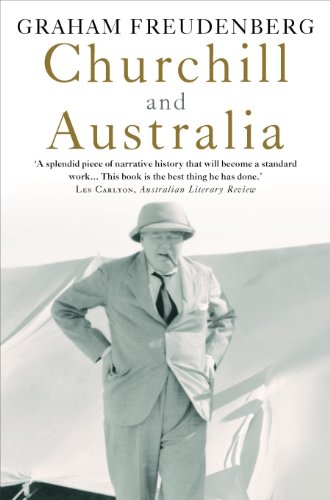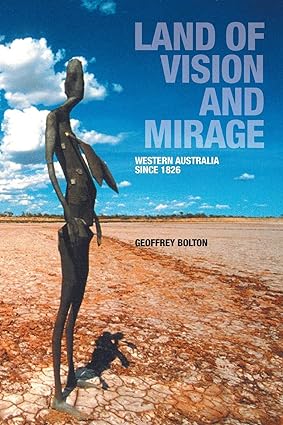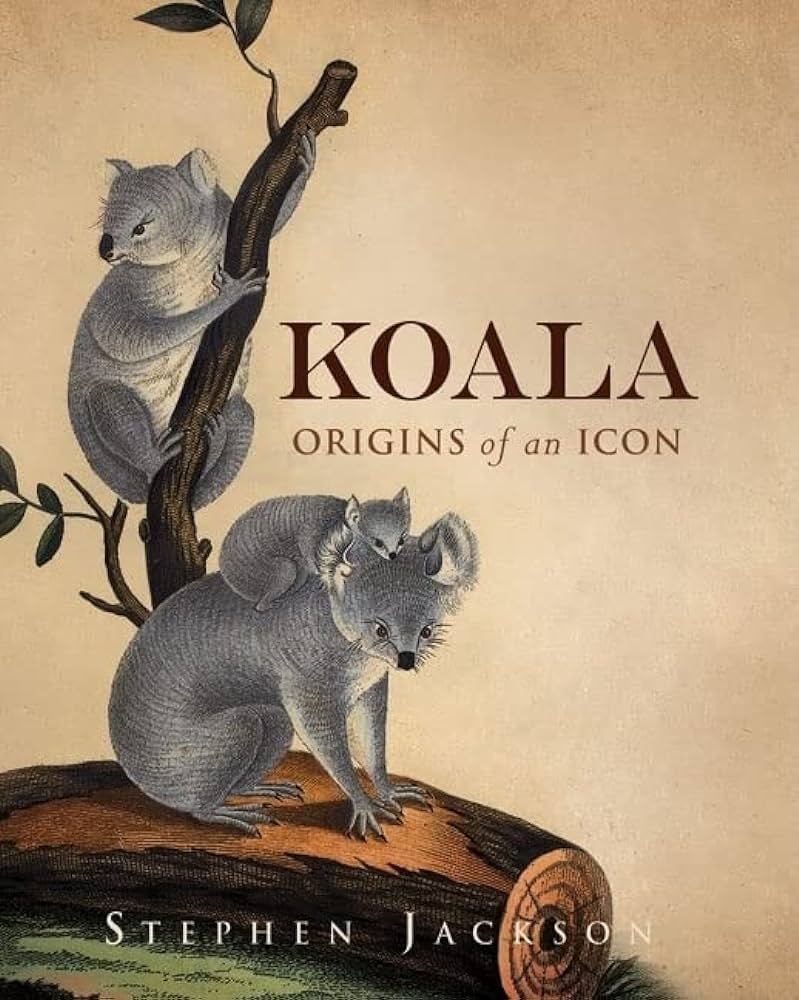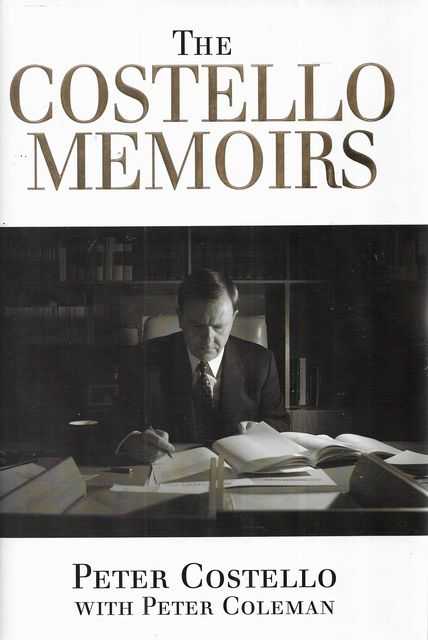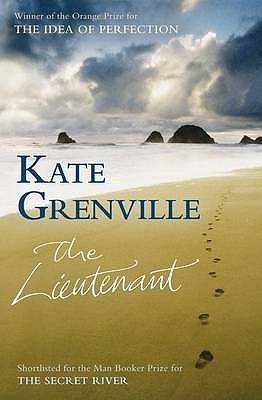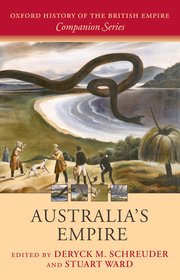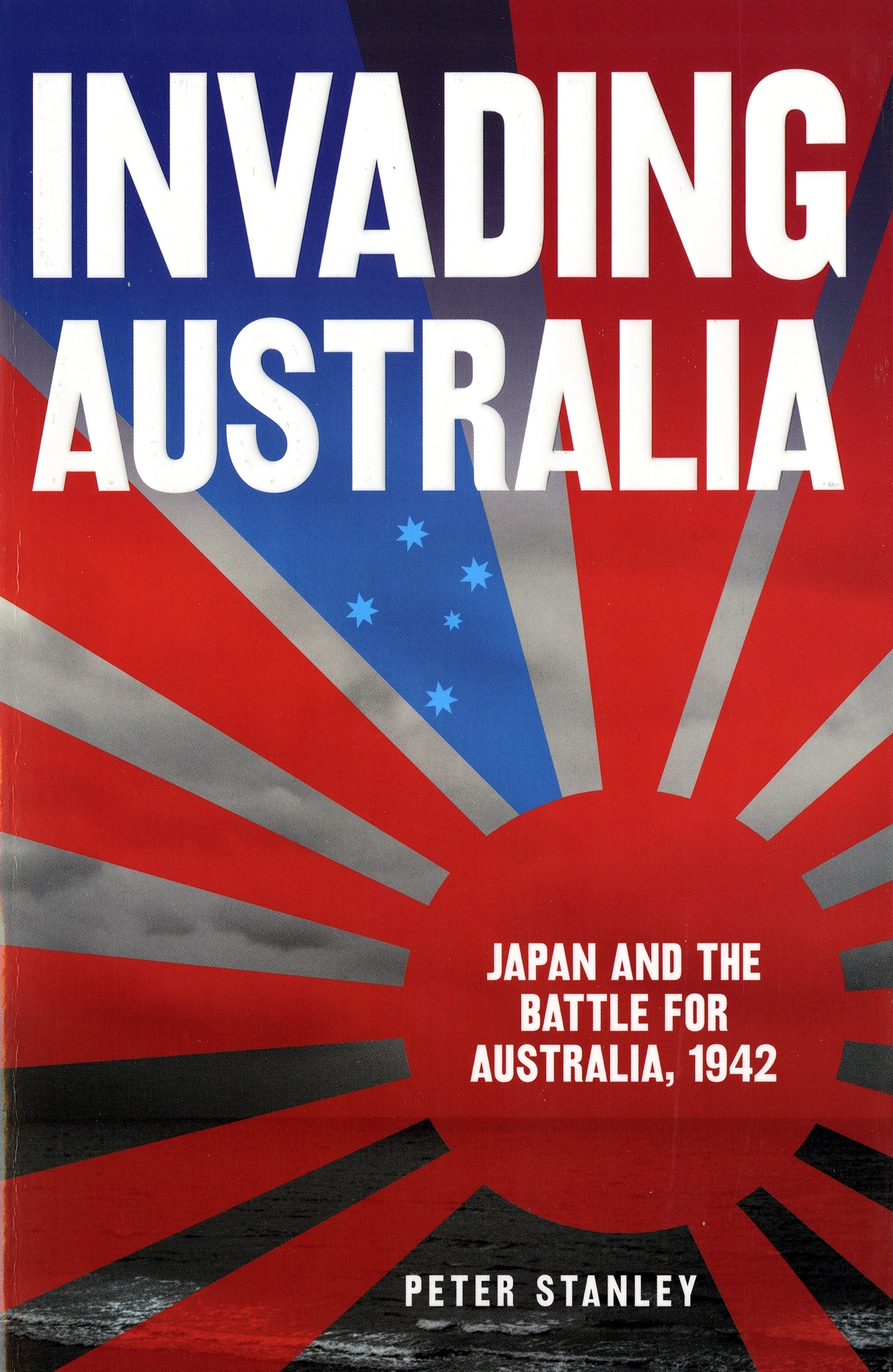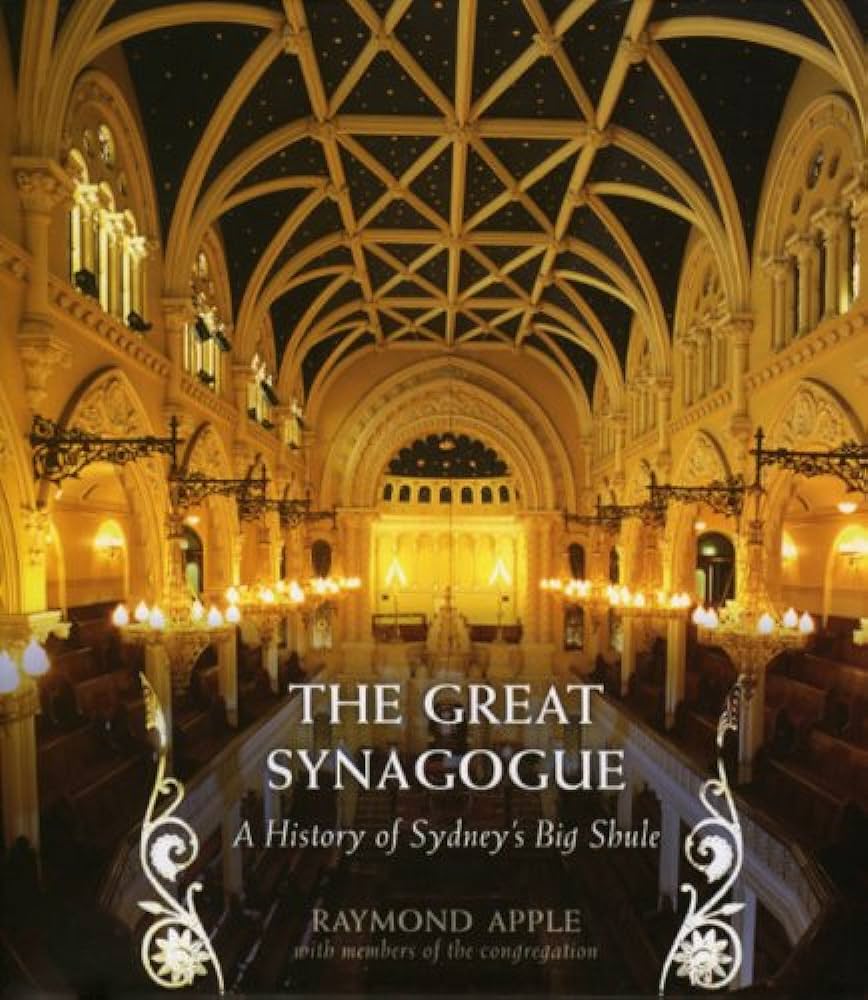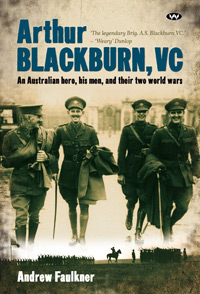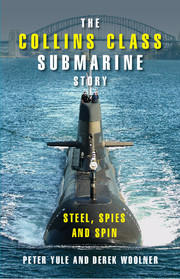Australian History
Churchill and Australia by Graham Freudenberg
It was a bright and bold idea of Graham Freudenberg to write a book on Winston Churchill and his long links with Australian political and military life. Though Churchill didn’t visit Australia – ‘wise man’, some said – he was a strong or even decisive influence at several turning points in our history and indeed our mythology.
Churchill exerted influence here long before 1940, when he became Britain’s prime minister. He sparred with Alfred Deakin in London in 1907; he was the political mastermind behind the Gallipoli landing in World War I; and in 1921 he helped to throttle the renewal of the nineteen-year-old Anglo-Japanese naval alliance. In the 1920s he delayed, for valid financial and strategic reasons, the creation at Singapore of a naval base intended to be Australia’s front-line defence against Japan in the next world war. He was a lonely giant in defying Hitler in that terrible year of 1940; and in the following years he clashed with Australia’s prime minister, John Curtin, on vital strategic questions.
... (read more)Land of Vision and Mirage: Western Australia since 1826 by Geoffrey Bolton
Scattered across Lake Ballard, a vast salt lake north of Kalgoorlie, are fifty-one androgynous abstracted cast-iron alloy figures created by British artist Antony Gormley in 2002, all based on scans of the inhabitants of a tiny goldfields settlement. Gormley described his figures as ‘strangers in a strange land’. It is not too wild a stretch of the imagination to see them as explorers or prospectors driven by powerful dreams to wander endlessly across a shimmering landscape. One of these figures provides an evocative cover image for Land of Vision and Mirage.
... (read more)The koala is one of the most recognised animals in the world. Its beguiling, teddy-bear appearance, inoffensive nature and seeming indifference to the world around it have endeared it to adults and children worldwide. In Australia it is considered a national icon, due in no small part to two characters from popular children’s books: Bunyip Bluegum in Norman Lindsay’s evergreen The Magic Pudding, published in 1918 and never out of print since, and Blinky Bill from Dorothy Wall’s series of the same name, the first of which was published in 1933.
... (read more)The Costello Memoirs: The age of prosperity by Peter Costello and Peter Coleman
For Labor ‘true believers’, the night of 24 November 2007 was one to cherish. In the north, Brough the Rough was despatched and a host of lesser figures swept away, pork barrels and all; in the very heartland of the Howard battlers, the Wicked Witch of Penrith and her minions perished in a jihad of their own devising; above all, in his fortress of Bennelong, the Vampire King was slain by the Good Witch of the ABC. What a night! At the beginning of Peter Costello’s memoir is the challenge: ‘How did it come to this? How did a government that had created such an Age of Prosperity, such a proud and prosperous country, now find itself in the wilderness?’
... (read more)In 2006, a year after the publication of Kate Grenville’s The Secret River, Inga Clendinnen published ‘The History Question’ as part of Black Inc.’s Quarterly Essay series. ‘The History Question’ was, as its subtitle ‘Who Owns the Past?’ suggests, a wide-ranging meditation on the nature of historical understanding, and, more specifically, its uses and abuses. But at its heart lay an extended and surprisingly savage critique of The Secret River, the claims Clendinnen believed Grenville had made for it, and for fiction’s capacity to illuminate the past; and, more deeply, of the very idea of historical fiction.
... (read more)Australia’s Empire edited by Deryck M. Schreuder and Stuart Ward
One of the more successful ventures of Oxford University Press in the closing decades of the last century was a five-volume History of the British Empire. With more than a hundred contributors, this was a major undertaking, but its beginnings were not auspicious. Roger Louis, a professor at the University of Texas, Austin, was appointed editor-in-chief. That drew a public complaint from Max Beloff, an Oxford professor and founding principal of the private University of Buckingham, who was raised to the peerage by Margaret Thatcher. Beloff wanted to know why OUP was allowing an American to rewrite ‘our colonial history’.
... (read more)Invading Australia: Japan and the battle for Australia, 1942 by Peter Stanley
Antoine Capet’s pithy observation that commemoration is the continuation of history by other means neatly defines the focus of Peter Stanley’s latest book and the problem that he sets out to grapple with. The recently successful advocacy of a ‘Battle for Australia’ annual commemoration flies in the face of the historical record and the evidence that supports it, but the advocates of the popular notion that the Japanese stood poised to invade Australia in 1942 have never allowed the facts to get in the way of a firmly rooted belief.
... (read more)The Great Synagogue: A history of Sydney’s big shule by Raymond Apple
The Australian migrant experience is often regarded through the prism of the postwar experience and the waves of immigration and exodus, chiefly from Europe. Today, except among historians, the settlement of Australia is often the butt of colonial and convict humour, or the stuff of pop-cultural iconography and self-identification. This comes at the expense of a true appreciation and understanding of Australia’s rich cultural and demographic origins. In the light of recent cultural debates regarding ethnicity and multiculturalism, it is clear that our understanding of our society, and the varied backgrounds of its constituents, is wanting.
... (read more)Arthur Blackburn, VC: An Australian hero, his men and their two world wars by Andrew Faulkner
In the days of the Great Anzac Revival, it is unusual to find an Australian VC who has not been the subject of a biography. Here we have one of the most famous of them all – Arthur Blackburn (1892–1960). I was surprised to find that this is the first biography of him.
... (read more)The Collins Class Submarine Story: Steel, spies and spin by Peter Yule and Derek Woolner
Operating submarines has been a very expensive part of Australian naval history. The first two boats (submarines are referred to as ‘boats’ rather than ‘ships’) were lost in wartime operations: AE1 with all hands off Gape Gazelle (New Guinea) in 1914, and AE2 in the Sea of Marmara (Turkey) in 1915. After World War I, Australia was given six ‘J’ Class submarines by Britain, but lacked the personnel and funds to maintain them. They were soon scrapped. Two submarines acquired in the late 1920s – Oxley and Otway – were decommissioned during the Great Depression. Thirty-five years later, the RAN took delivery of the first Oberon Class submarines built in Scotland. All six boats served with distinction during the Cold War, several engaging in highly classified ‘special operations’. By the mid 1980sthe RAN’s ageing submarine fleet needed replacing. Australia was about to learn that submarines were even more costly to build. Although submarines had been refitted and extensively modernised in Australia, none had been built from plans.
... (read more)

